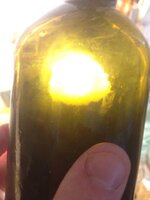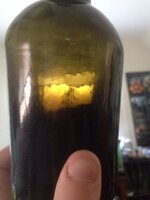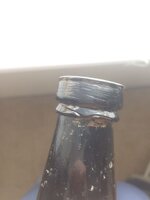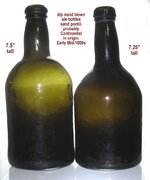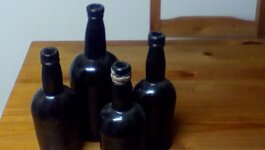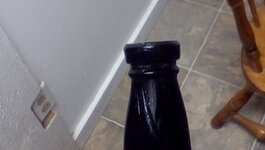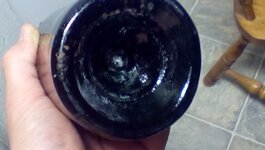bottlehunterofcoscob
Bronze Member
- Dec 25, 2012
- 1,132
- 690
- Detector(s) used
- AT Pro/Ace 250
- Primary Interest:
- All Treasure Hunting
Hope everyone is having a good Thanksgiving!
Here is a nice, crude black glass bottle I found this summer. Does anyone have an idea on age? The top isn't like the kind I'm used to seeing but maybe that's just me. It's fairly misshapen and has a sand pontil scar. I don't find a lot of black glass so I don't know much about it.
Thanks!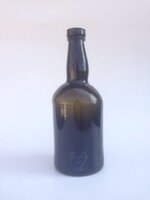
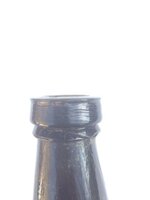
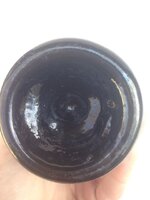
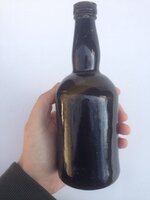
Here is a nice, crude black glass bottle I found this summer. Does anyone have an idea on age? The top isn't like the kind I'm used to seeing but maybe that's just me. It's fairly misshapen and has a sand pontil scar. I don't find a lot of black glass so I don't know much about it.
Thanks!






